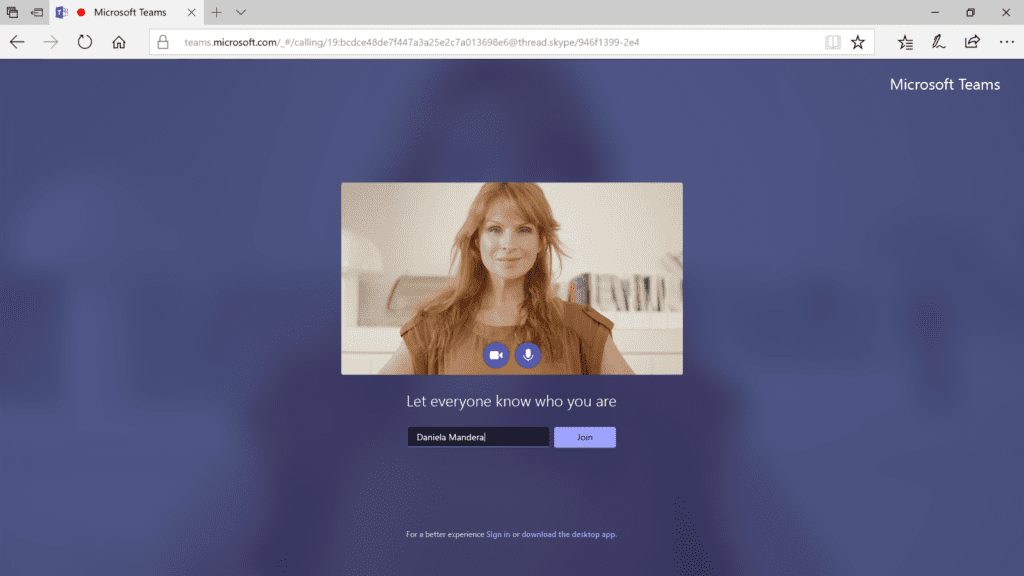How to set up and manage a virtual appointment
As we enter our second week of lock-down, many retailers will be realising that the ability to conduct business over video chat could be vital for their business. Whilst most of us will have experience chatting to friends and family with FaceTime or WhatsApp, conducting business in this manner can be quite different. This challenge however can be a huge opportunity for several reasons; once you are proficient in this technique you can become far more efficient with your time. Prospects who maybe didn’t want to travel some distance to see you may be happy to do this first. Finally, clients who visit the showroom having had already had a virtual appointment are far more likely to close. We know of one individual Kitchen Designer who regularly sold more than £1m per year by herself who swore by virtual appointments prior to showroom appointments.
Advertise virtual appointments on your website
Prospects right now are quickly becoming accustomed to video chat/ conferencing technology- so make sure you signpost on your website you can produce designs and quotes without meeting them face-to-face.
Which Platform to use?
There are several video chat platforms better suited to hosting virtual meetings than the consumer grade FaceTime and WhatsApp, some of the best-known being Microsoft Teams, Zoom, Google Hangouts and Join Me. The Lead Wolf team have used all of these at different times and all of them are good. The key features are the ability to screen share, to easily identify who’s on the call, and ideally to record the chat so you can refer back to it. If you’ve already used one before, sticking with what you know might be the easiest way to get started. If you have a Microsoft 365 Business plan, you’ll have Teams, even if you’ve not used it before. Download the desktop and mobile applications from your 365 portal.
Audio, video and lighting
Your device, be it desktop, mobile or laptop will have a microphone and video camera built into it, however the quality can be variable at best. At Lead Wolf we use Sennheiser MB1 Pro headsets with near field microphones and a noise cancelling earpiece, which is great if you’re working from home with children or others making a racket. Your client will get a much more professional experience if the sound quality is excellent.
For video we use Logitech C930E webcams. These webcams are quite expensive, but they have a huge technical advantage over cheaper models in that they adjust dynamically to the available bit stream, meaning smoother, higher quality broadcast. They also allow for pan tilt and zoom, so can be great in the showroom should you wish to show clients a particular item on a display.
Finally get the lighting right. If the light is behind you it will darken the picture of your face. Take some time to play with your set up and get the lighting just right.
First design consultations
Firstly, practice makes perfect, so don’t beat yourself up if it seems a little clunky the first time you try. Have a written call structure laid out before hand to make sure you can capture all the key information you need- but remember the client will always deviate from this, which is OK, as long as you remember to return to any salient points you need to cover to be able to produce your design. Video conferencing isn’t like face-to-face communication, you must let your client finish what they are saying before you interject or reply. Remember the old adage; two ears, one mouth.
Design consultations over video can be more productive than showroom appointments because there is less distraction. Clients aren’t drifting from display-to-display, so you can more easily focus on the design.
Have open several ‘resource’ tabs in your web browser. For example, your own website, supplier’s websites, and maybe a social platform like Houzz or Pinterest. You can then toggle between these tabs whilst sharing your screen so clients can visualise what you’re talking about quickly. (You can save the website addresses of the pages they like to a Word file so you can refer to them quickly.
Finish the meeting with a recap of the important points, ask the client if they have any more questions, and agree the follow up step- which should be your design presentation. Diarise the appointment and send them a calendar invite.
Virtual design presentations
Following on from your first appointment, virtual design presentations are even in normal circumstances a great tool for your business. If you just email someone a design and quote, you can’t gauge their gut reaction. If you present it to them, you get their instant visceral feedback. This is incredibly important. If you are highly adept with your design software, you can integrate their feedback in to the design by live designing and screensharing. By the end of this, you’ll have a client who is often ready to buy. Perhaps all you need to do to secure the sale is take a sample deposit over the phone and post them samples.
Conclusion
If you take the time to optimise your set up, familiarise yourself with the software, and plan to make virtual appointments part of your sales strategy, you will have a sales tool that will deliver benefits way beyond allowing you to communicate with clients during Covid19.
